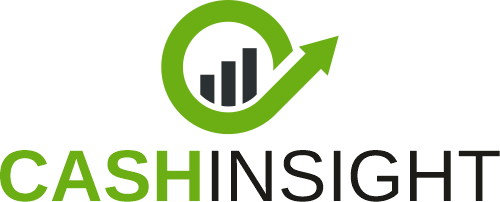
Cryptocurrency Bitcoin and financial banking market with a growing virtual currency
getty
The world of finance is undergoing a digital revolution. For a number of years now banks have looked at ways to use digitization to streamline processes, enhance efficiency, and improve customer experience, with varying degrees of success. However, the future of payments is venturing beyond just digitizing banking processes; it is about digitizing money itself.
Digital money and the underlying technology, in many cases blockchain, overcome some of the key constraints of today’s payment processes – particularly around speed and availability. Digital money enables payments to be available 24/7, 365 days without any closing hours. Settlement will be near instant all around the globe and fees for cross-border remittances will be an order of magnitude lower than in today’s world of correspondent banks.
Today digital money comes in three main forms:
Central Bank Digital Currencies (CBDC)
Central Bank Digital Currencies are legal tender issued by the central bank of a country and thus have all the properties of traditional money. China and India are amongst the countries already piloting CBDCs with the Euro area planning to introduce an E-Euro in 2027.
Commercial Bank Money Tokens
Commercial Bank Money Tokens (also sometimes called deposit tokens) are a form of digital money representing a claim against the bank issuing the token. From a bank’s perspective it is digitizing (tokenizing) the deposits a customer has at the bank and making them available in its digital form today typically on a private, permissioned blockchain.
Fiat-backed stablecoins
Fiat-backed stablecoins like the US Dollar Coin (USDC) or PayPal USD (PYUSD) are a form of money issued by a private, regulated entity. These issuers get traditional money, also called FIAT, and for each dollar they receive they create one stablecoin token and use the FIAT money as collateral in the form of short-term government securities or cash holdings. Europe has a clear regulatory framework called Market in Crypto Regulation[2]
(in short MiCA) that governs issuance and use of stablecoin. Stablecoin is live on different public blockchains and can be easily moved from one party to another in real-time, 24/7 at very low transaction fees.
While all forms of digital money offer near-instant payment capabilities at low fees there are important differences among them. CBDCs (Central Bank Digital Currencies) are legal tender and ideally suited as means of payment. However, as they are still in concept or pilot phase, they are not yet available for real-world use cases at scale.
CBMTs (Commercial Bank Money Tokens) are a digital representation of deposits but are mostly constrained to one banking network meaning both parties, payer and payee must have an account with the same bank. This restricts the number of use cases and makes this form of money particularly relevant for intra-company transfers.
FIAT-backed stablecoins are the most accessible form of digital money and can be utilized in all use cases requiring near-instant payments at a global scale. With the collaterals being segregated from the assets of the issuer they in theory are even more secure than bank deposits.
Use cases for payment with digital money
In particular, whenever instant money movement outside banking hours is required or cross-border payments need to be made, digital money has clear and obvious benefits.
One example would be cross-border supplier payments. According to Sam Bronner from the venture capital firm Andreesen Horowitz, international wire remittances cost $30 – $50 and take 1 – 5 days business days to settle. With stablecoins residing on the blockchain, transaction costs can be as low as one cent and settle within seconds. This is particularly relevant for enterprises moving into subscription models with lower amounts and more frequent payment terms.
Another example is intra-company money transfers. Digital currencies are an ideal means of transferring money swiftly and without any hassle between subsidiaries and headquarters. Stablecoins, as well as commercial bank money tokens, are a good choice for this use case.
A third area where digital currencies can be particularly useful is in time-critical high-value payments. As companies can only book revenues upon delivery of the goods or service and reception of the corresponding payment, instant money movement is needed if a multimillion-dollar purchase is delivered to a customer on a Saturday or Sunday at the end of a quarter. Rare, though vital, large transactions like an M&A closing on a Saturday or Sunday also require immediate payment. Digital currency effectively means time no longer needs to be a major consideration for these kinds of transactions.
Putting the building blocks together
Near instant payments 24/7 globally are possible today, and with the advent of technology like the SAP Digital Currency Hub, you can now connect your existing ERP system with blockchain-based finance. Agree with suppliers on a stablecoin like USDC or PYUSD and blockchain like Ethereum or Polygon for settlement and you can set up the system rapidly. You then onboard with a stablecoin issuer for direct minting and redemption or with a liquidity provider like exchange to convert FIAT money to stablecoins and vice versa and the infrastructure is ready to go.
The move towards widespread adoption of digital currencies is accelerating, driven by technological advancements, regulatory support, and evolving customer expectations. We are already seeing early adopters making payments leveraging the SAP Digital Currency Hub and we are seeing widespread interest across the customer base. Multi-million-dollar payments with stablecoins have proven the reliability of the infrastructure and ecosystem even for high-value transactions. A shift towards digital currencies is not if but when, and businesses need to be ready to take advantage.


